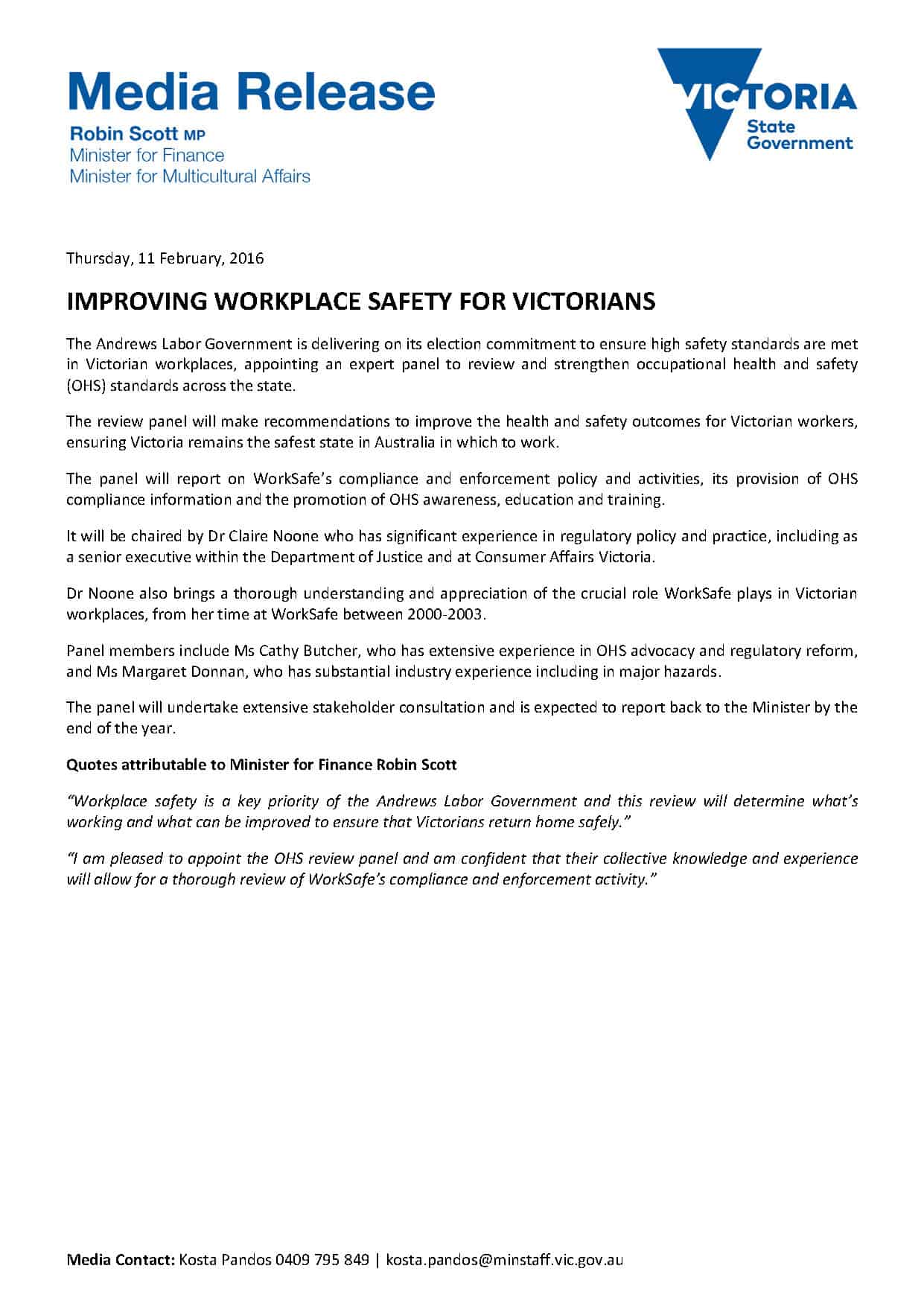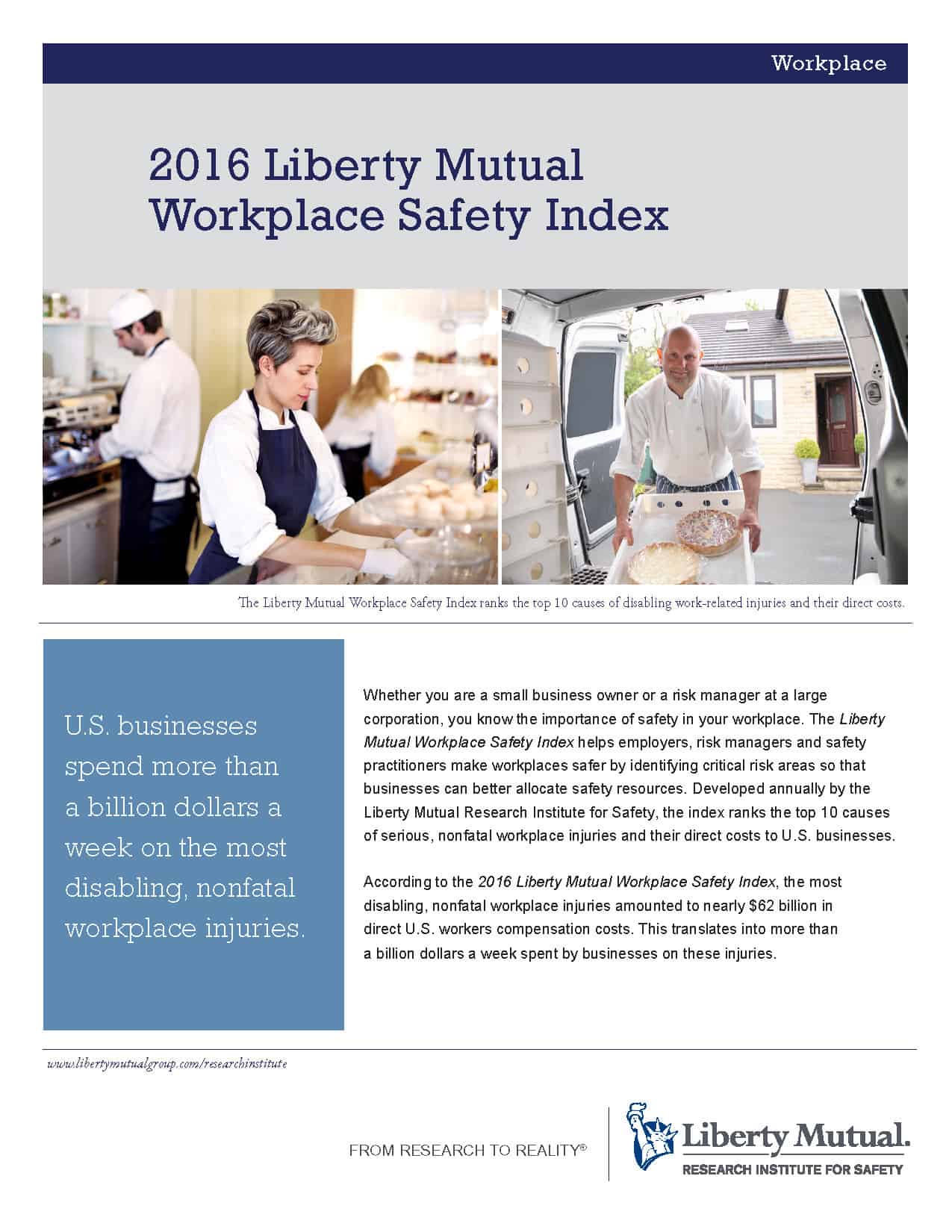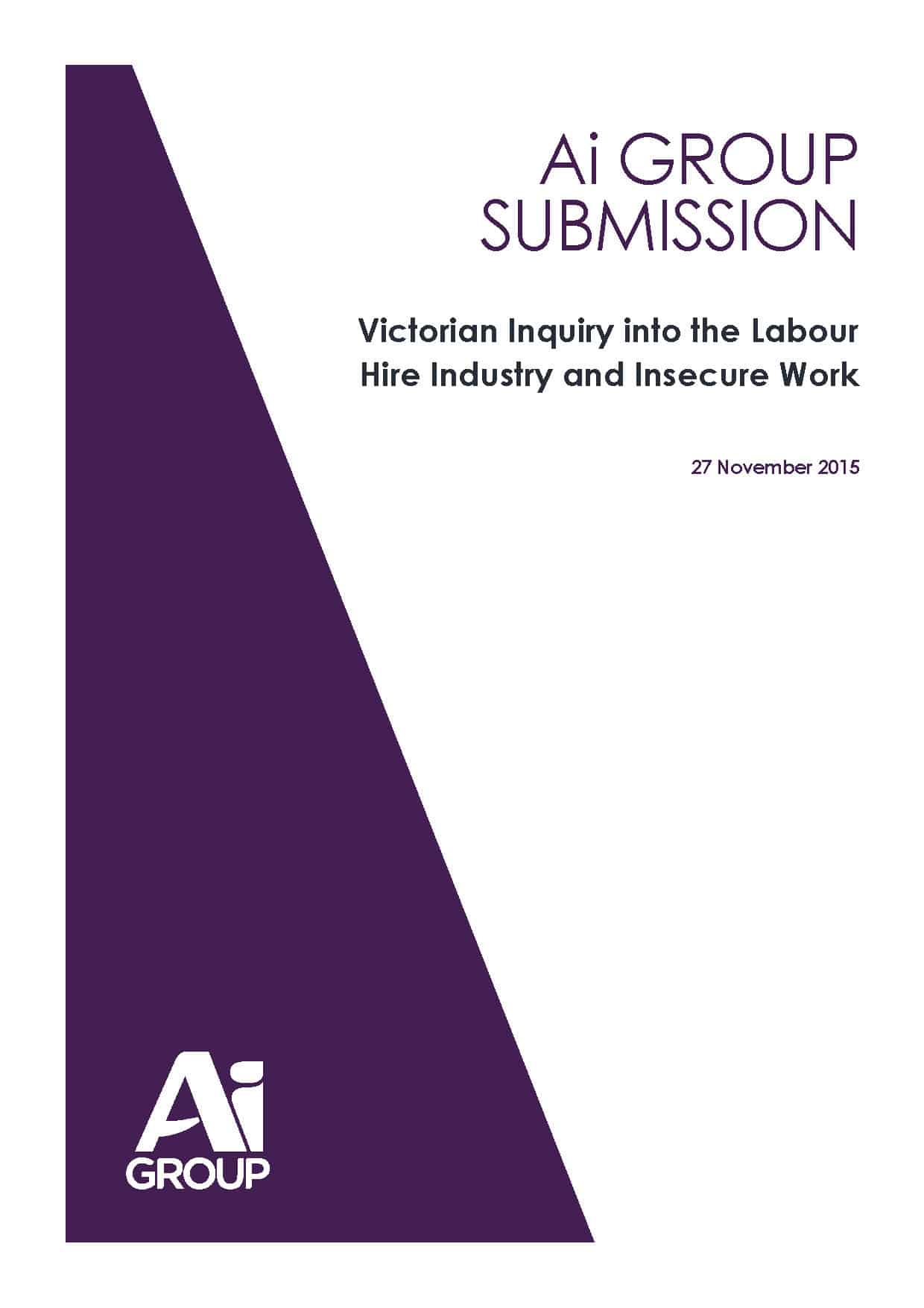In March 2016, the Australian Bureau of Statistics released its latest figures into the causes of death. A lot of media attention was given to the figures showing an increase in the suicide rate. It found that
“Among those aged 15 to 44, the leading causes of death were Intentional self-harm (suicide)…”

On the day those figures were released, the




 The public submission phase for the
The public submission phase for the